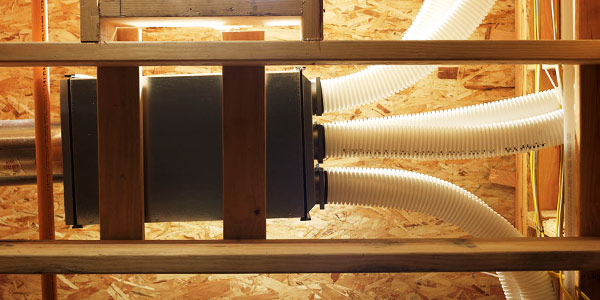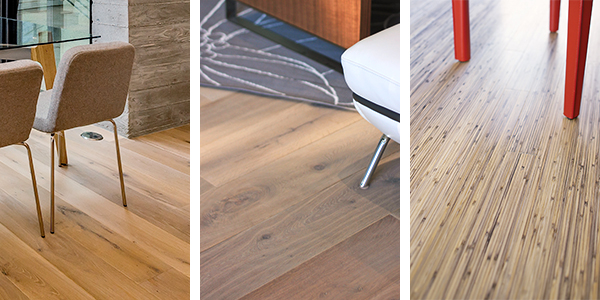These resources are from an archived version of our website. Want to see what we’ve been up to lately? Check out our new website.
Three essential questions to ask a “green” home builder
Congratulations!
You’ve already made a big step toward the health of your family, and the planet, by deciding to pursue sustainable, and environmentally friendly, construction methods and materials when building your new home. But there’s a catch. “Building green” is a trendy phrase right now. Unfortunately, it’s easy for less experienced (or ethical) builders to overlook, or not understand, the latest in high-performance and sustainable building processes or products. Choices made in design, materials, and construction techniques have a significant influence on the short and long-term impact your home will have on your health – and on the environment. There’s more to building green than choosing low VOC paint and recycled barn wood floors.
So where do you begin? Start with these three questions to find out if your custom homebuilder can ensure your new home is healthy, eco-friendly, and truly sustainable.
1. What systems will be used to make the house the most energy efficient and least environmentally impactful?
A structure’s impact on the environment is multi-faceted. How the home functions on a daily basis effects the health of the occupants and the surrounding environment. Your new modern home will be better for you, your family, and the planet because it will consume less and conserve more – but only if your builder is up to speed on using the most advanced, holistic approach to your home’s systems.
Our answer:
Clarum takes our commitment to transforming the way you live seriously. There is more to building a “green” home then just lower utility bills. Energy efficiency is important, but Clarum’s high-performance custom homes take sustainability to a new level. The technologies and techniques utilized in passive home construction can result in a home which uses net zero energy for heating and cooling. Passively-inspired homes incorporate the most cutting-edge building technologies to minimize energy consumption and environmental impact. We make use of energy-efficient lighting, specialized HVAC, solar systems, and self-sufficient and renewable on-site energy whenever possible.
2. Will the builder use all non-toxic building materials?
An energy-efficient, or high-performance home is not the same thing as a sustainably built home. A disconnect between builder and subcontractors can result in a communication breakdown over the finer details of non-toxic materials. A misconception about the cost or the time it takes to source non-polluting, and environmentally-friendly products and fixtures, could leave you handling more of the construction process then you bargained for.
Our answer:
Even with California’s increased regulation on the sale of compressed wood products which contain formaldehyde, the average cabinet, countertop or shelf may still harbor some of the offending chemical. Clarum ensures there is zero-added formaldehyde to any of our building materials. Our years of experience building sustainable custom homes gives you access to a wealth of beautiful alternatives to traditional particle-board products. We also go the extra mile to source and review all glues, caulks, paints, and carpets for toxins, including low- to no-VOC paints. We’ll check every product’s Green Guard rating and help you choose the safest one.
3. Does the builder use all ecologically-responsible building materials and practices?
A home labeled passive or high-performance does not necessarily incorporate all ecologically-friendly building materials. While the long-term benefits of better building practices are a sound investment for you and your future carbon footprint – where the raw materials come from, and how they are manufactured, should factor into whether a home is defined as “green” or “sustainable.”
Our answer:
When Clarum selects home building materials, priority is placed on renewable resources, recycled products, and local manufactures whenever possible. Even how your new home is oriented on your property is thoughtfully designed to harness natural resources in the most sustainable fashion – maximizing solar power and minimizing impact to the local ecosphere. We’ll further recommend drought-tolerant landscaping that reflects and elevates the beauty of your new home. Plus, our approach to reducing construction site waste, and proper waste disposal are an important part of our commitment to environmental responsibility.
Want to find out more about our process and the benefits of building your beautiful, sustainable, and healthy home with Clarum? Check out our High-Performance Home Building Guide.











